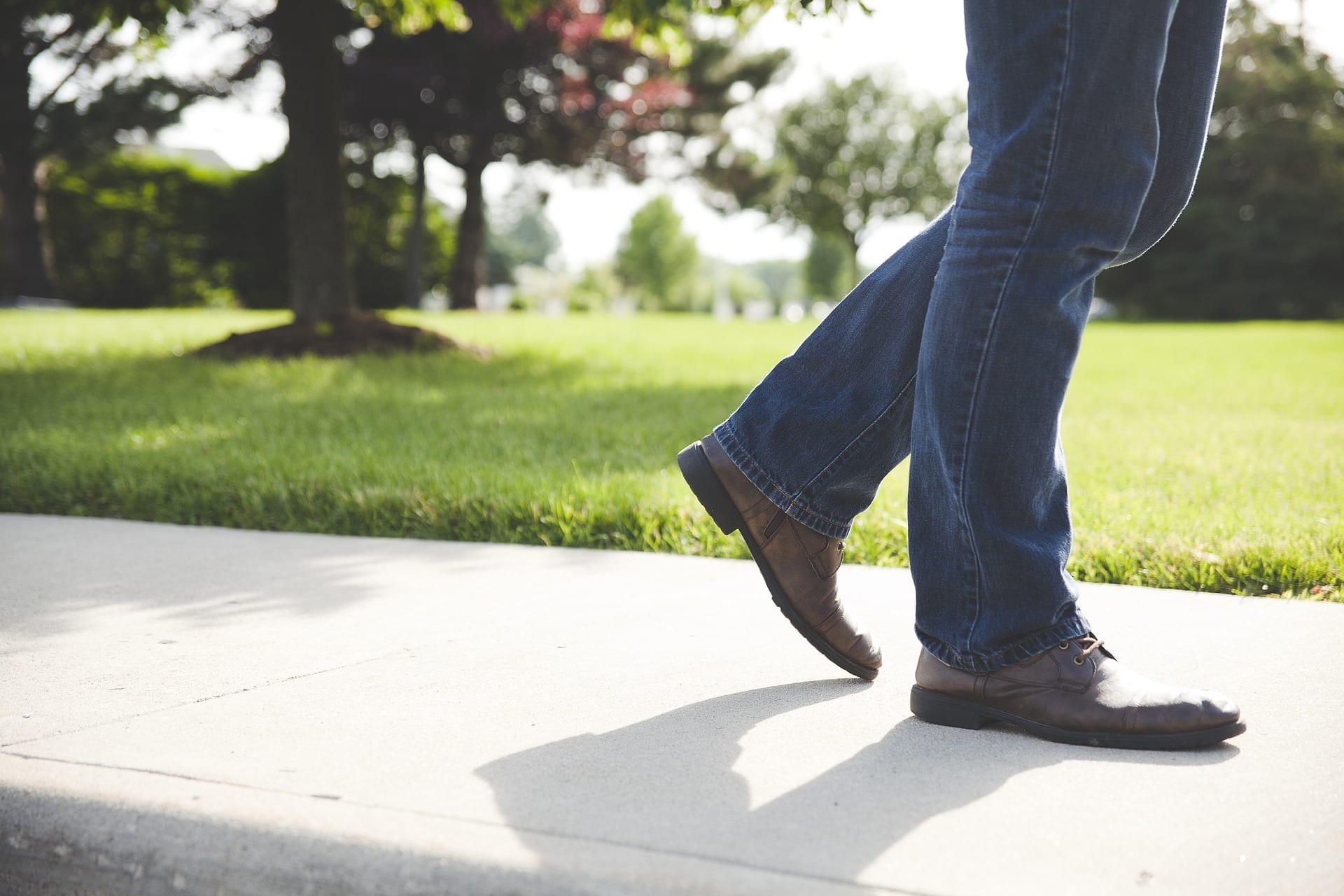Gym memberships and activity climb sharply in January as thousands of people renew their commitment to exercise more regularly. Those who have been mainstays of the gym anticipate this and also know that most people will not continue to patronize the gym come February. If your one of those that can’t seem to stay committed to the gym, don’t worry, researchers at Oregon State University assert that even short periods of activity equaling 30 minutes of daily activity provides health benefits similar to longer workouts at the gym.(1)
It is well-known that regular physical activity enhances overall health and decreases the risk of a range of health conditions, including diabetes, heart disease, and cancer. Currently, the Physical Activity Guidelines for Americans established by the U.S. Department of Health and Human Services recommends adults get at least 150 minutes of moderate-intensity, or 75 minutes of vigorous-intensity physical activity weekly to achieve the greatest health benefits.
The OSU researchers evaluated the physical activity levels of more than 6,000 American adults who wore accelerometers to assess the extent of their daily activity. Participants in the cross-sectional study fell into one of two categories: 1) those that went to the gym to exercise and 2) those who increased their physical activity through short periods of movement — as short as one to two minutes each — through routine daily behaviors.
Remarkably, the study found that those who participated in short periods of physical activity achieved positive health outcomes similar to those who participated in a more structured exercise routine. These benefits included lower blood pressure, decreased cholesterol levels, diminished waist circumference and reduced risk of metabolic syndrome. In fact, the structured exercise group who met the physical activity guidelines for Americans had an 87 percent chance of not having metabolic syndrome compared to 89 percent among the short period group.
These findings, published in the American Journal of Health Promotion suggest that promoting movement as a way of life may significantly improve the health and quality of life among Americans who are living more sedentary lives generally. Indeed, as little as 15 minutes of daily activity has been shown to increase longevity.
Short periods of physical activity equivalent to 150 minutes weekly can easily be incorporated into most people’s daily routine. For example, you can go down or up a floor to use the restroom; walk to errands that are shorter than a mile; do calisthenics during commercials while watching TV or during a break at work; or pace while talking on the phone.
It doesn’t necessarily mean you can give up on the gym. Structured exercise is still beneficial and high-intensity exercise provides added benefits such as increased metabolism and accelerated fat burning (see TransformWise). But the findings do suggest that if you don’t want to make the time for 30 consecutive minutes of exercise you can achieve similar results by moving more throughout the day to equal 30 minutes’ total. The key is some physical activity is better than none —so get moving daily!
(1) Loprinzi PD, Cardinal BJ. Association between biologic outcomes and objectively measured physical activity accumulated in ≥ 10-minute bouts and <10-minute bouts. Am J Health Promot. 2013 Jan-Feb;27(3):143-51.
